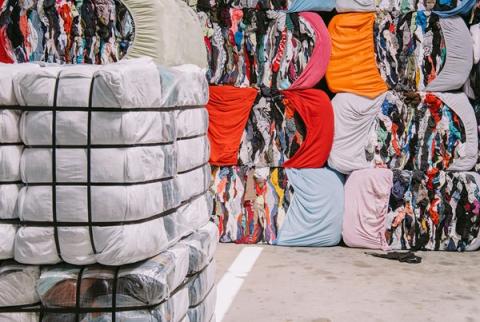Siptex: A pioneering textile sorting technology for increased circularity
We can no longer find a functioning link for this facility. Given the state of the textile industry though, we will keep it on our website as a good example!
Textile waste is a growing concern around the world, with the fashion industry alone generating an estimated 92 million tonnes of textile waste each year. Innovative solutions are required to tackle this environmental problem. Consistent quality and large volumes are crucial for textile recycling on a large scale. Manual sorting of textiles cannot meet the market's need for quality-assured products, and this is where Siptex comes in.
Located in Malmö, Siptex is the world’s first large-scale facility of its kind, sorting textiles by colour and fibre composition through near-infrared light to handle large flows and produce textile fractions suited to different recycling processes. Automated sorting is currently the missing link between collection and high-quality textile recycling, and Siptex aims to bridge that gap.
By contributing to increased circularity in the textile value chain, Siptex is strengthening Sweden's position as a pioneer in innovation and the circular economy. The Siptex facility works by using near-infrared (NIR) and visual spectroscopy (VIS) to sort textile waste by fibre type and colour. The textiles are illuminated, and the light is reflected differently depending on the material. Sensors detect and categorise the fibre type, and compressed air blows the fabric into the correct container. The plant can simultaneously sort three different flows.
This innovative solution is a significant step towards circular textile economy.
Siptex handles three categories of textile material:
- Textile from industry
- Pre-sorted textiles, and
- Residual textiles from consumers and industry.
The facility aims to offer a standardised range of quality-assured recycling products with guaranteed fibre composition and colour, adapted to various recycling processes.
Examples of products include cotton, wool, polyester, viscose, polyamide, acrylic, and customised products tailored to customers' requirements.
The Siptex facility has a capacity of 4,5 tonnes per hour or 24,000 tonnes per year, with three NIR/VIS machines and a 260-metre conveyor.
Siptex is a ground-breaking facility that uses advanced sorting technology to contribute to increased circularity in the textile value chain.

